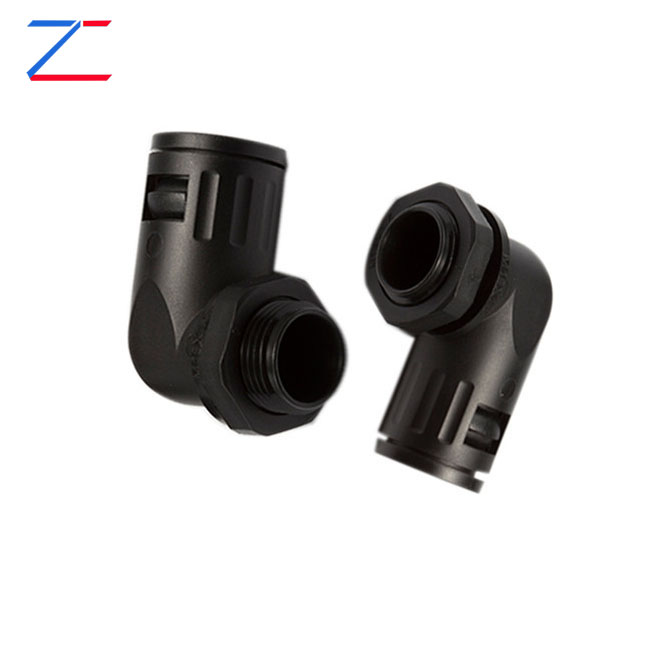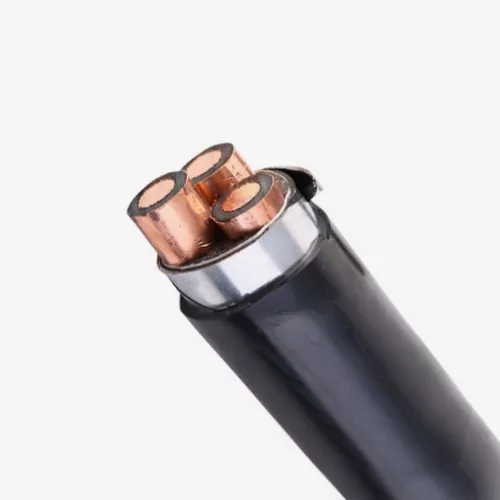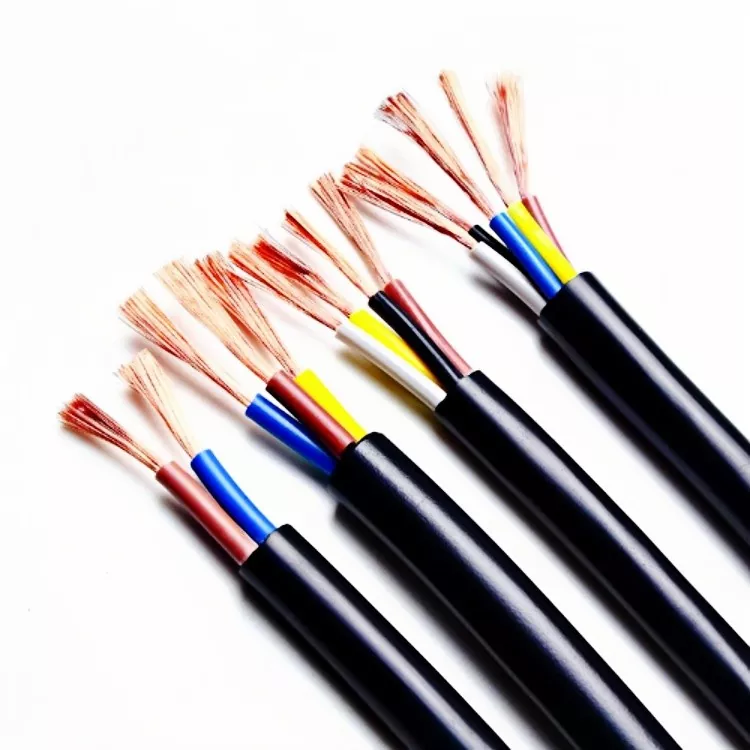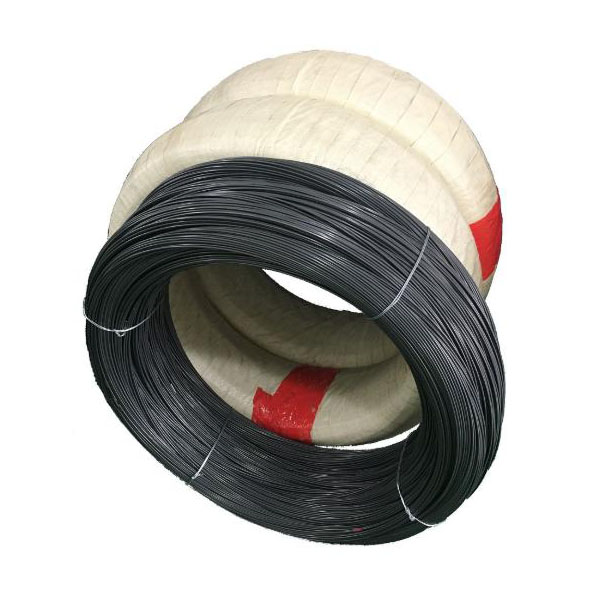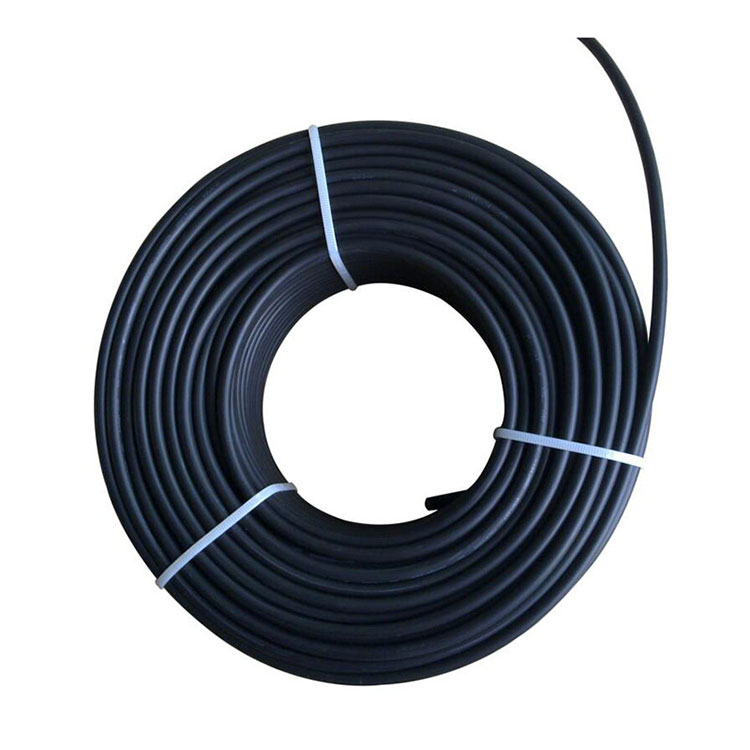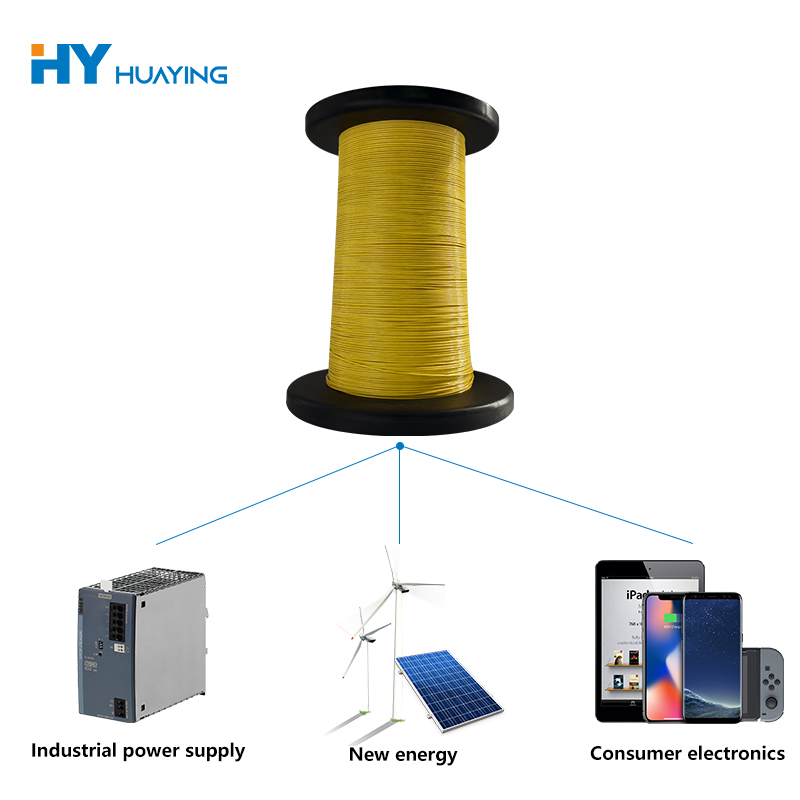Bolg
Corrugated pipe fittings are an indispensable component in various industrial, construction, and drainage applications. These fittings are designed to connect, redirect, or extend corrugated pipes, ensuring efficient fluid or cable transport. At Wenzhou Zhechi Electric Co., Ltd., we provide high-qu......
Read MoreA common question we encounter at Yilan, your trusted partner for electrical solutions, is whether it's safe and permissible to run Electric Wire and Ethernet cable through the same conduit. This is a critical consideration for both home renovations and commercial installations where space and organ......
Read MoreWhen selecting wire for industrial, construction, or manufacturing projects, the choice between Carbon Steel Wire and stainless steel wire is fundamental. Understanding their distinct properties ensures optimal performance and cost-efficiency. At DINGYAN, we specialize in providing high-grade Carbon......
Read MorePlanning a home solar installation involves more than just panels and inverters. A critical, yet often overlooked, component is the PV Cable. Properly sizing and installing this cable is essential for safety, efficiency, and the long-term reliability of your system. At Paidu, we specialize in manufa......
Read MoreWhen seeking superior performance in demanding electrical applications, Film-Folded Wire from Huaying stands out as a premier engineering solution. This advanced winding wire is meticulously engineered to offer exceptional electrical insulation, thermal stability, and mechanical durability.
Read More